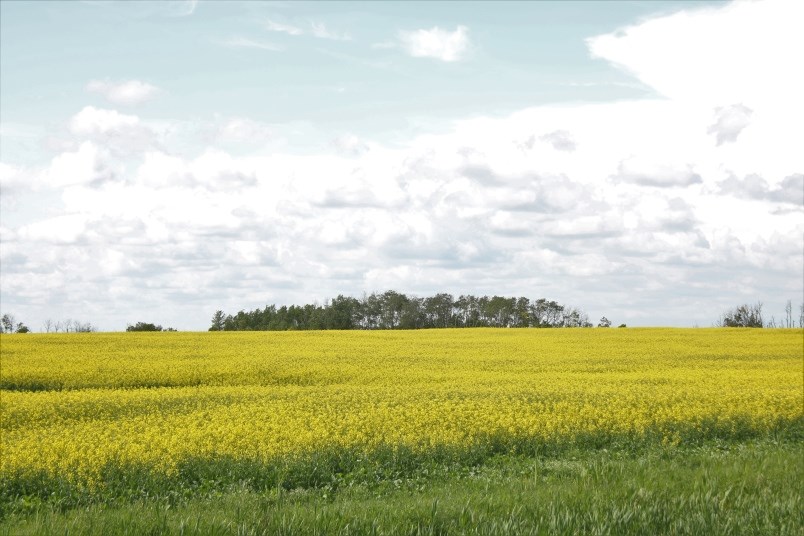YORKTON - It is interesting how certain random occurrences create thoughts of a much larger scale.
For example, I was recently reading Gardener’s Notebook by Debbie Hayward, and she made reference to borage.
While Hayward was referring to borage in terms of a garden, my mind jumped back several years to when there was talk in the farm sector in Saskatchewan that it could become an important niche crop since the plant is also commercially cultivated for borage seed oil extracted from its seeds.
Borage seed oil has one of the highest amounts of γ-linolenic acid (GLA) of seed oil, and in herbal medicine has a long list of applications.
The crop never quite achieved the level of production one might have expected from the ‘hype’ at the time, although to be fair there were a long list of crops that were thought to become important crops as the sector looked to diversify.
Of course the general concept of crop diversification faded as prices for familiar cereal and oilseed crops jumped. Why take risks with a new crop if the value of wheat and canola penciled out as profitable more years than not?
And, in the case of canola, there was a level of diversification within the crop with identity preserved varieties offering farmers some added premiums for production.
In the process interest in crops such as borage, lupins, caraway, coriander, fenugreek, hemp, seabuckthorn and many others simply disappeared for most.
Niche crops of course are also a greater risk, with limited markets, and almost non-locally.
And, because the markets are limited it takes only moderate swings upwards in production to see prices decline.
That does not mean the crops are no longer grown, but broad interest has certainly quieted.
It’s not a crop-only phenomenon either.
With the Grain Millers Harvest Showdown on the not so distant horizon in Yorkton it is easy to recall llamas were once a highlight of the event with large shows taking centre stage.
The llama was going to be an important farm animal. It was a short-lived story though, as was the case with red wattle hogs, ostrich, Vietnamese pot-bellied pigs, emus, meat rabbits, fallow deer and again the list goes on.
Of course on the livestock side even normal hogs were supposed to explode with access to cheap feed, a waiting workforce, and land that would benefit from the manure as a fertilizer. It happened for a time, but as job numbers climbed creating staffing issues, and cereal process jumped tightening potential margins, even the prospects for the pig sector dimmed.
Today, the idea of diversifying too far from the well known and understood is far less considered, but one suggests one-day oilseed and cereal process may well slump, and suddenly borage or coriander or even emus might look good again.






